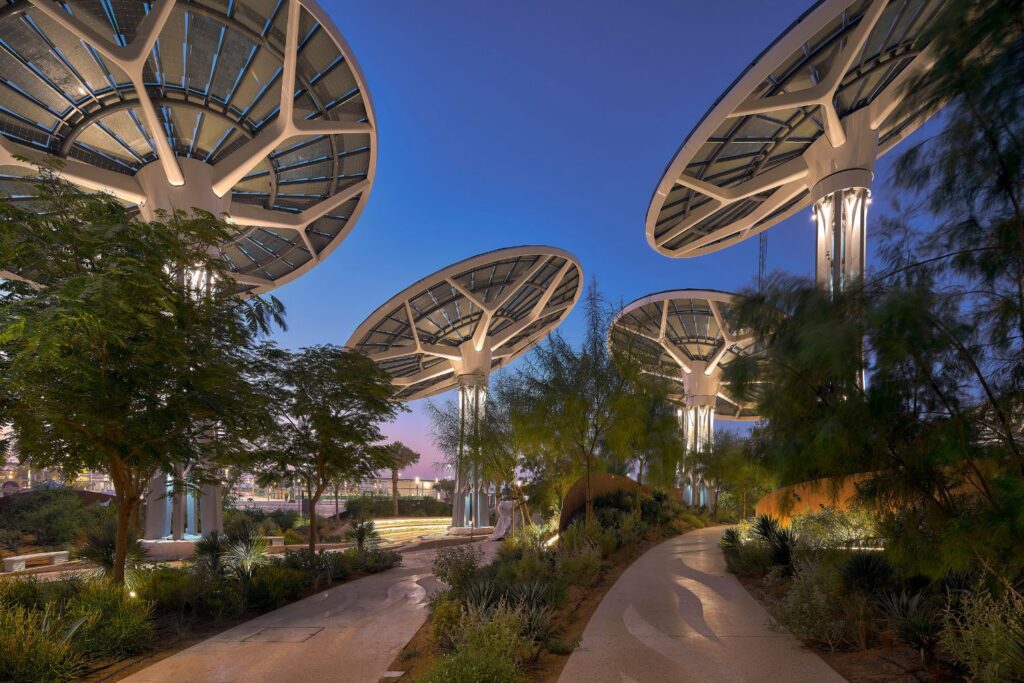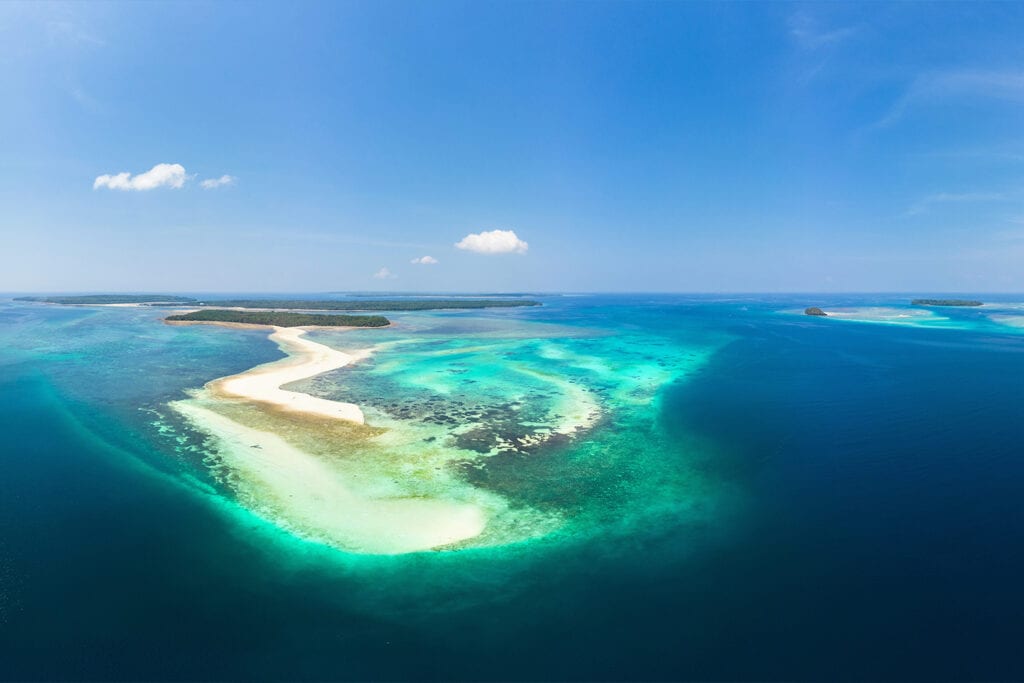
At Buro Happold, we take a holistic approach to understand our environment across multiple scales. This allows our environmental planning and biodiversity management consultants to help clients achieve their vision, whilst also securing the long-term protection of sensitive areas.
When considered on a landscape scale, while development has the potential to have adverse effects on biodiversity that need to be controlled and managed; sensitively done, and combined with Biodiversity Net Gain actions, it also offers opportunities to create biodiversity benefits. This can be achieved through a combination of protecting important biodiversity areas, restoring native habitats and strengthening connectivity between habitats to increase ecological functionality.
A key part of the work of the Ecology and Biodiversity Management team involves strategic regional and landscape scale assessment and planning. We undertake spatial assessments and collaborate closely with global experts and specialist organisations to understand ecosystem functionality over large areas. This forms the evidence base on which regional environmental zoning plans are produced, which help our clients make informed decisions regarding large-scale development that complies with international environmental best practice.
Our environmental planning and biodiversity management experience
Our consultants have experience in developing regional marine, coastal and terrestrial zoning plans in line with IUCN and UNESCO best practice guidelines. These zoning plans consider sensitive biodiversity features and apply an integrated, sustainable development approach to guide development away from sensitive areas and protect them, whilst also enabling zones to be identified where certain types of development and activities should be placed.
We take an ecosystem-based approach, looking at the interactions between habitats and species, both spatially and over time (to include seasonality and the important habitats that species rely on throughout their lifecycles). This incorporates consideration of habitat corridors, migratory species routes and existing impacts on biodiversity. We also investigate Biodiversity Net Gain objectives by looking at additional habitat restoration, rehabilitation and management opportunities. In this way our strategic assessments provide holistic plans that outline how large areas (often entire regions) can be planned to enable sustainable development, and to proactively support and restore biodiversity in the long-term.











